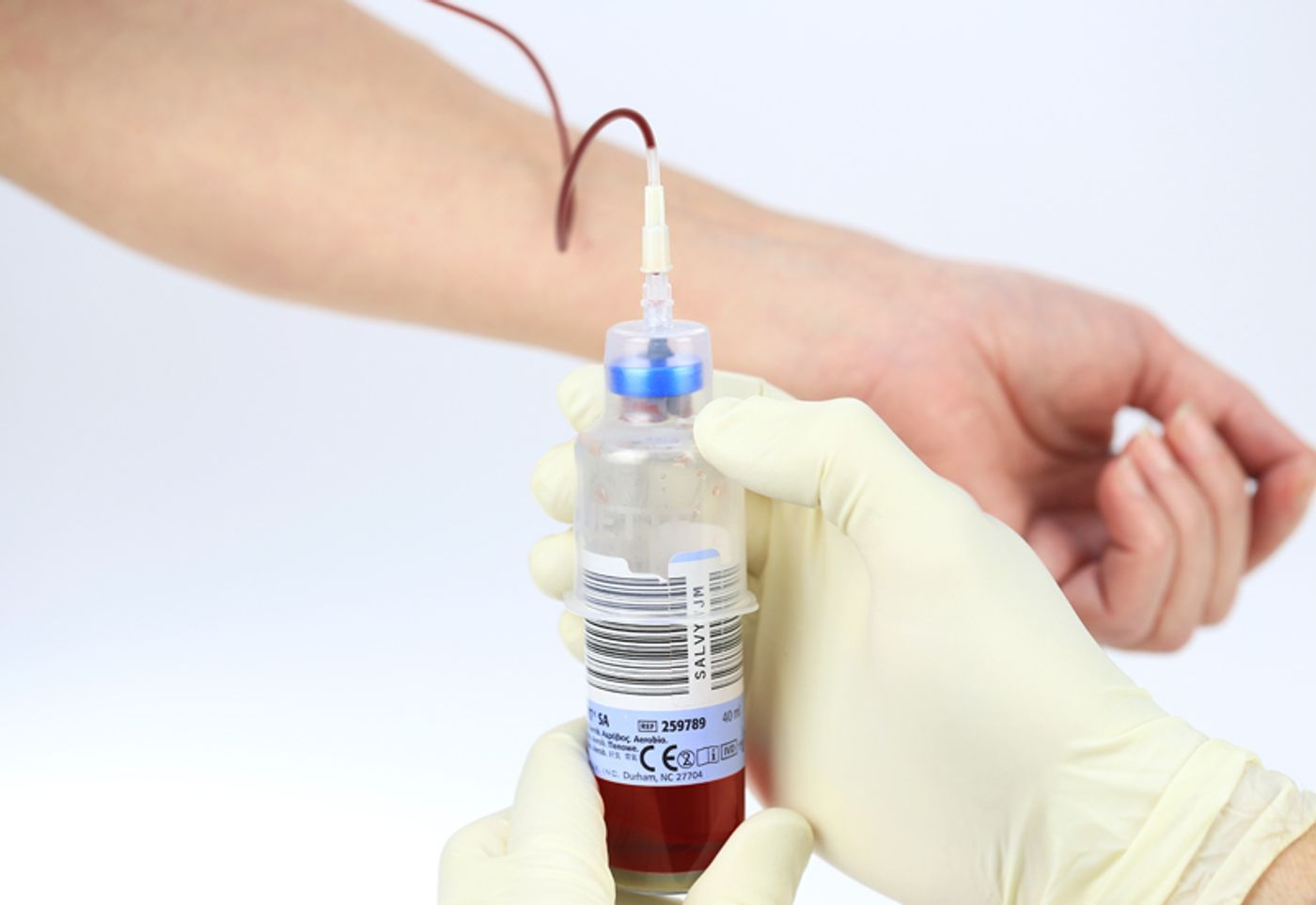Your doctor thinks you may have sepsis - a condition where your body temperature shifts, and your heart and respiratory rates increase. What happens next?
Sepsis is usually caused by an infection, specifically bacteremia - bacteria in the bloodstream. Traditionally, these cases are diagnosed by blood culture; your blood is collected and sent to the lab where any living organisms are cultured from the sample.
Sounds like a reasonable plan, right? It is, except it’s a slow process - that’s why 30-50% of patients with sepsis still die (in Germany, at least). It can take up to 5 days for a lab to determine if a patient has bacteremia and recommend an appropriate antibiotic. Many doctors will start patients on a broad-spectrum antibiotic before lab results are in. In some cases, however, specific pathogens need to be targeted with a specific antibiotic.
Help is on the way - researchers at the Fraunhofer Institute have optimized next-generation sequencing (NGS) technology to diagnose sepsis. The technique identifies microbes (bacteria, viruses, or fungi) by sequencing their freely-circulating DNA (DNA often circulates through the blood after a microbe dies, for example). According to study author Kai Sohn, “as a result of the direct sequencing of the DNA of a blood sample, the time-consuming step of cultivating the microorganisms in the lab is no longer necessary. In this way we can also identify those pathogens that are more difficult to grow under laboratory conditions.”
The group validated their approach in collaboration with Heidelberg University Hospital. They used NGS technology to sequence circulating DNA from patient blood samples, and they compared their sequencing results to the results of conventional blood culture.
The researchers had to devise bioinformatics algorithms to fish the microbes’ genetic sequences out of each sample - the majority (99%) of DNA circulating in a person’s bloodstream belong to that person. The algorithm compares the DNA sequences from the blood sample to a database of bacterial, fungal, and viral sequences.
The algorithm also helps turn down the microbial background noise. Lots of “good” microbial DNA can end up in the bloodstream - from commensal gut bacteria, for example. The algorithm compares samples to a control, a blood sample from an otherwise healthy individual.
The NGS technique one-ups conventional blood culture in another way - by being able to detect viruses. According to Kai, "in our study we were able to identify a viral pathogen as the cause of a patient's illness. Yet the patient's blood culture showed a negative result because here only bacteria can be detected.”
Overall, the process of sample collection, sequencing, and data analysis took 30 hours. Compared to the 5 days it can take for culture-based tests, I’d say that’s a win.
Sources: Genome Medicine,
Science Daily, Wikipedia



